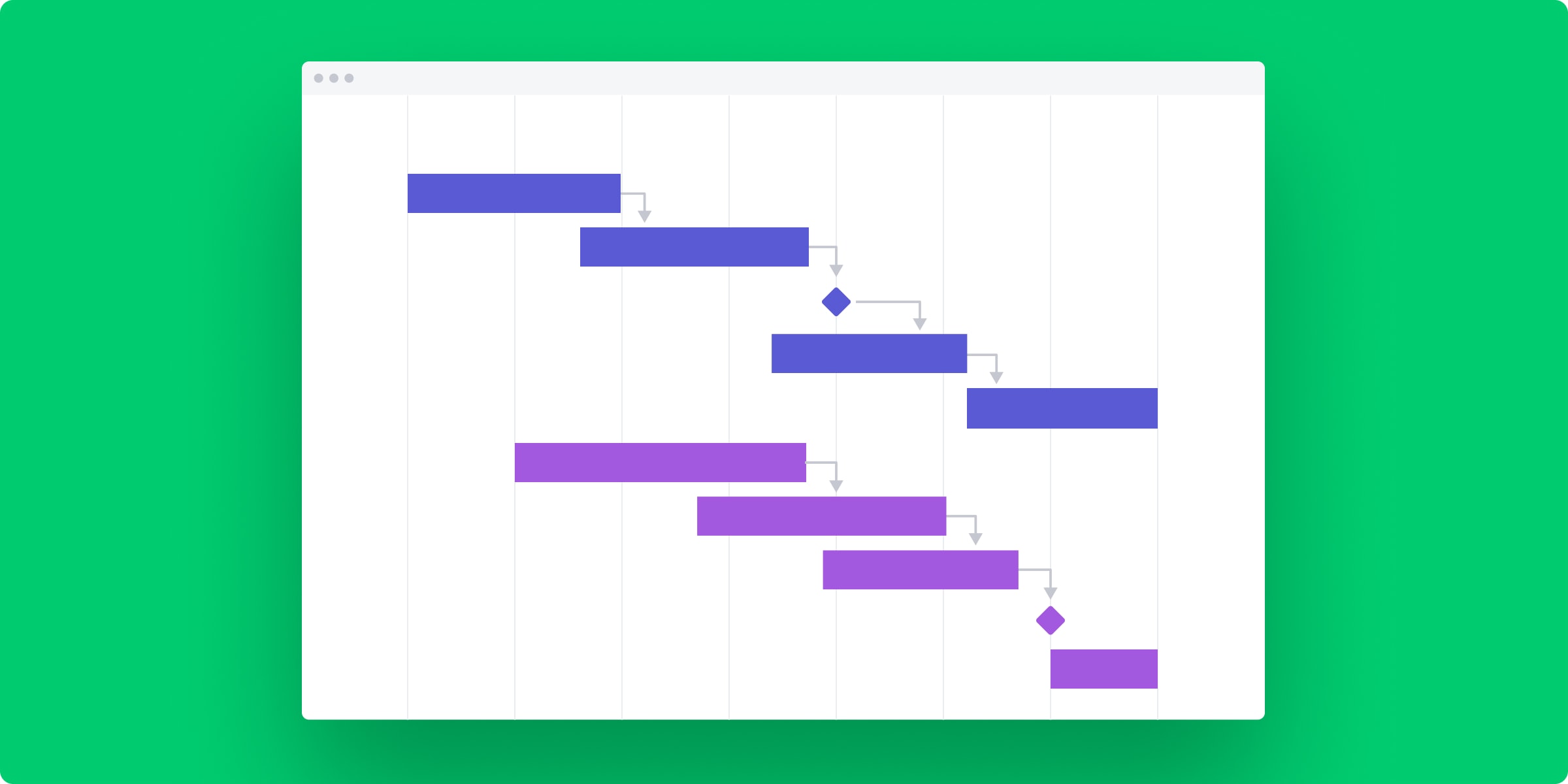Gantt charts are a Gantt chart For those not familiar with the concept, is a kind of bar graph created specifically to display project schedules. Its primary purpose is to present a clear overview of the timeline for an whole project, including its components: tasks, sub-tasks, milestones and objectives. The performance of any project hinges on this visualization.

The Gantt chart is an effective tool in project management due to its clarity of sight. Because it can draw attention to dependencies and timelines, project managers can quickly identify crucial paths to completing. Knowing which tasks are crucial to complete, what tasks can be concurrently completed and the potential bottlenecks that could arise is crucial.
The critical path refers to a series of tasks in a particular project that, if they are delayed, could extend the timeline of the project overall. Understanding and managing the critical path is essential in order to keep projects on track. Gantt charts help to make this process more transparent. By analyzing the chart project managers can spot the most critical projects and assign resources accordingly.
A Gantt chart usually consists of a horizontal timeline, that represents the duration of a project, and a set of vertical bars or lines that represent individual tasks and their start and end dates. Each bar represents a task, and the location of the bars indicates the relationships between them. Milestones, which are the most significant accomplishments of the project, are typically identified by specific symbols or colors.
Gantt charts aren’t only useful for project managers. They also help facilitate team collaboration. The project’s timeline along with individual responsibilities, are readily available to all team members. This shared knowledge of the project’s objectives and progress helps create a cooperative environment where everybody is on the same page.
Gantt chart monitoring is an additional area where they are able to excel. The charts allow participants and other stakeholders to evaluate the current status of the project and every project with a glance. This real-time view allows any possible delays or issues to be identified and addressed promptly.
The versatility of gantt chart extends to various project types and industries. Gantt charts are flexible and can be adapted to the specific requirements of your business, whether you’re managing software development projects requiring many tasks in coding and construction projects with a lot of dependencies, or marketing campaigns with numerous deliverables.
A glimpse into Project Success: The Magic of Gantt Charts
Imagine a scenario where an executive is assigned to an undertaking to construct an office building that is being constructed. Projects can be complex, involving everything from foundation laying to the preparation of the site to landscaping and interior design. Any delay can affect the time frame for completion of the project.
With a Gantt Chart Project managers can plan and track each stage in detail. The responsibilities are clearly defined the foundation work should be completed prior to the interior design phase, and landscaping may be started in conjunction with other projects. The critical path is identified and the resources are assigned according to the need.
Gantt charts are the tools that are used by professionals in project management.
Professionally-trained project managers appreciate the value of Gantt charts to ensure successful projects. These visual aids streamline the process of planning, execution and monitoring. They allow teams to cooperate, work in harmony, and align with project objectives, and react to any deviations from the plan.
Timely Delivery Every Time: How Gantt Charts Keep Projects on the right track
Gantt charts are unique in their ability to ensure that projects stay on track and complete on time. Gantt Charts give project managers full overview of timelines and dependencies. They also enable the project manager to make necessary adjustments and decisions.
In the dynamic environment of project management, where unexpected challenges and shifting priorities are commonplace and priorities are constantly changing, the Gantt chart remains a steadfast ally. Its ease of use, versatility, and ability to visualize the success of a project makes it an essential instrument for every manager who is trying to become a top performer. If you are embarking on your project management journey utilize the power of Gantt charts to tap into the full potential of this tool and ensure on-time delivery.